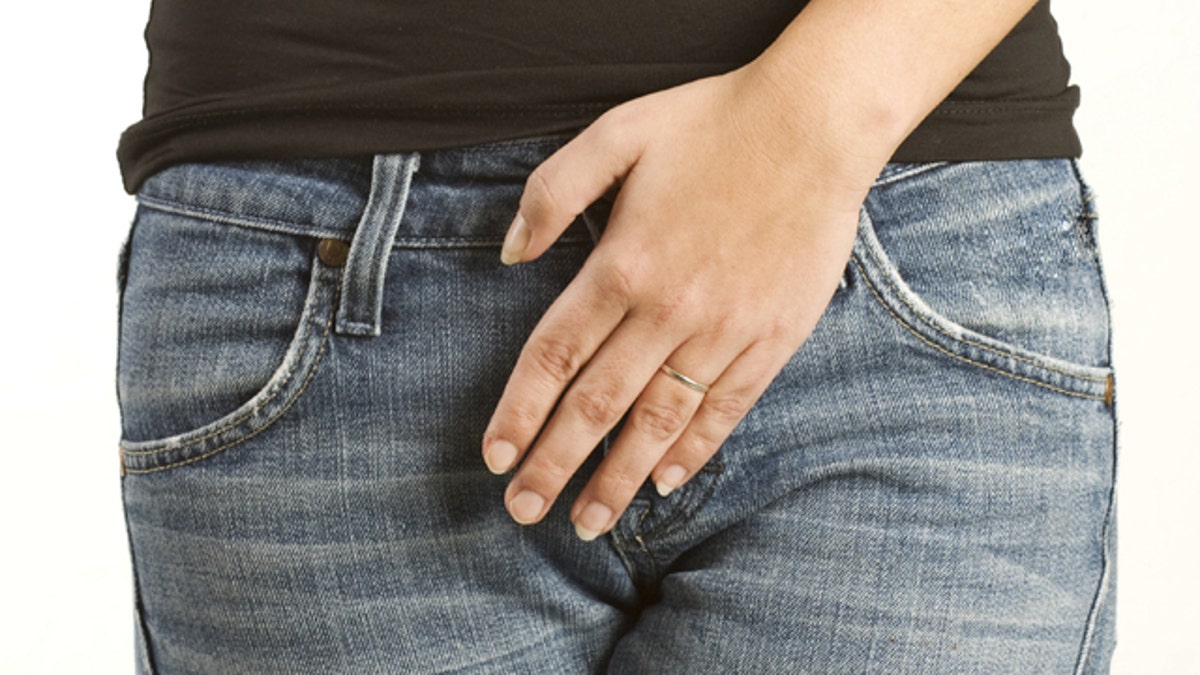
Having an overactive bladder is inconvenient and often embarrassing. You may suffer from overactive bladder (OAB) if you find yourself heading to the bathroom more often than most others around you. This condition manifests itself in a sudden and unpleasant need to urinate. The detrusor muscle spurs this sensation by squeezing the bladder while it is filling with urine. Ideally, the detrusor muscle waits for the bladder to become full enough that it necessitates a trip to the toilet. But if your bladder is overactive, you will be forced to excuse yourself from pleasurable company at unnecessary times. Thankfully, overactive bladder can be controlled and treated.
The root of the problem
Many conditions can cause your detrusor muscle to work too hard. The Official Foundation of the American Urological Association notes that drug use, nerve damage, stroke and neurological disease can be the underlying causes to this issue. Based on circumstantial evidence, experts speculate that overactive bladder is linked to depression.
Bladder training
This is the relatively simple process of training yourself to delay emptying your bladder even though you feel the urge to do so. At first, aim to delay your urination for a few minutes. Incrementally increase your wait time until you can control your bladder. If this goes as planned, your detrusor muscle will stop contracting so often, effectively treating your condition.
Kegel exercises
Often, people with OAB can regain control with Kegel exercises. These pelvic floor muscle exercises improve muscle tone, resulting in better urine control. These exercises can also be used by women to give birth easier and by men to treat premature ejaculation. With Kegel exercises, you tighten and relax your pubococcygeus muscles, which are responsible for holding urine in the bladder. It is very important to isolate the proper muscles and only clench those while relaxing the surrounding muscles. You don’t want to work out your abdominal muscles carrying the weight that you are trying to direct at your pubococcygeus muscles.
Medicine
If the exercises don’t help, there are other ways to treat OAB. The Mayo Clinic explains that there are a variety of medications that be used to treat this condition, including tolterodine (Detrol), oxybutynin (Ditropan) and trospium (Sanctura), among others. Dry eyes and dry mouth are common side effects to these drugs.
Surgery
Surgery is a last resort for people with serious OAB, on whom the other approaches prove ineffectual. Surgery can enlarge the bladder with a process called augmentation cystoplasty. In extremely rare instances, a replacement bladder is constructed. The surgeries pertaining to OAB can have grave consequences and no one should opt for one lightly. Repeated visits to specialists to discuss possible complications and other options are a necessity. In most cases surgery is not needed. Simple bladder control and Kegel exercises or medication are often enough to control an overactive bladder.




















